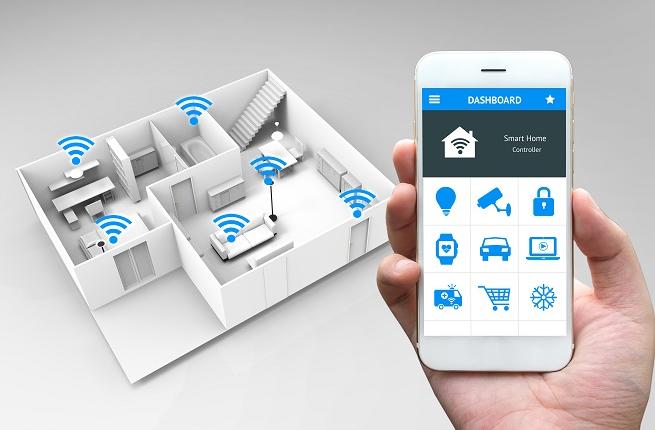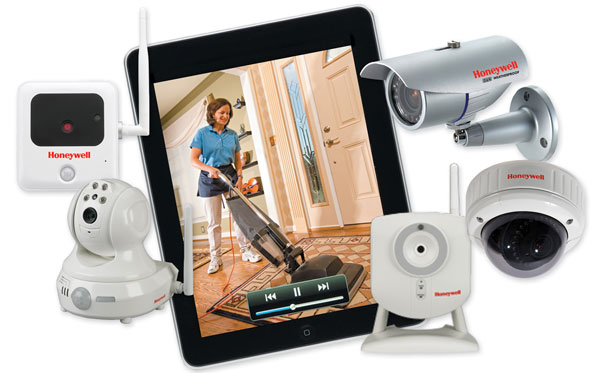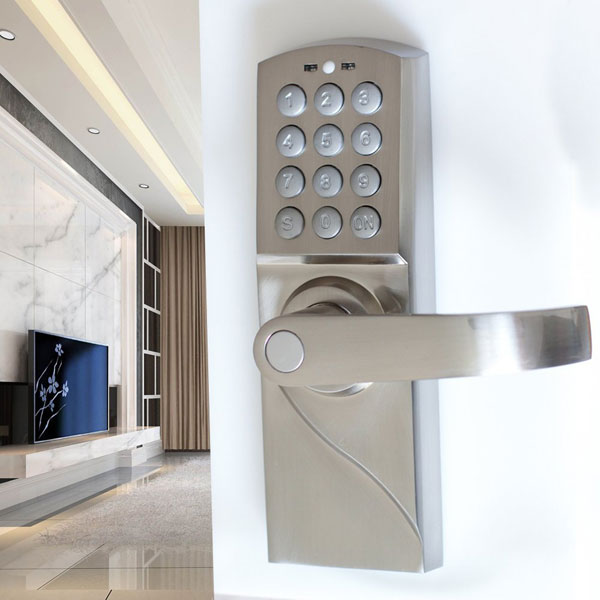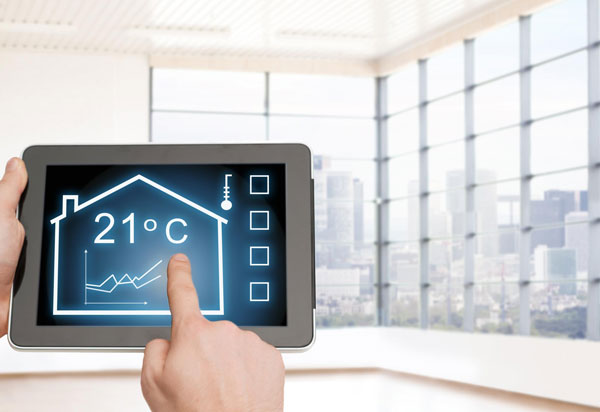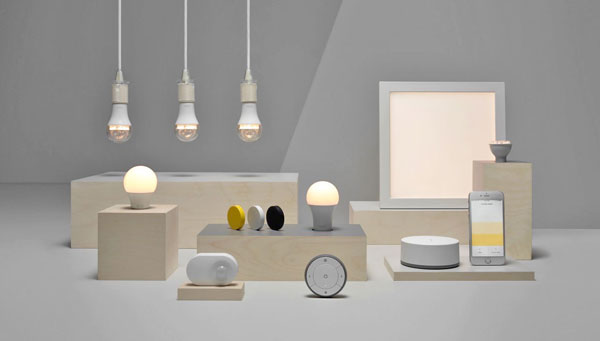That's right, you can bring germs into your home, regardless of how much social distance you are keeping up during the novel coronavirus flare-up. And as always, house cleaning Cape Cod advise that you have to wash your hands frequently, you likewise need to kick up your general germ-murdering game. To do as such, it assists with comprehending what in your home you ought to clean and sanitizing and how frequently, just as what items are compelling in battling the infection.
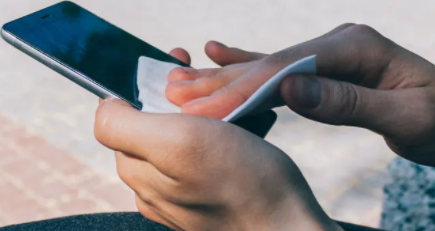 Since coronaviruses all in all are encompassed, their feeble shell makes them handily decimated by disinfectants, clinical and science specialists state. Social separating and handwashing remain the suggested safeguard.
Since coronaviruses all in all are encompassed, their feeble shell makes them handily decimated by disinfectants, clinical and science specialists state. Social separating and handwashing remain the suggested safeguard. What to sanitize and how frequently
The analysts found the infection is recognizable for as long as four hours on copper, as long as 24 hours on cardboard and as long as three days on plastic and tempered steel. It is additionally perceptible for as long as three hours in pressurized canned products, they found. An uncommon note on cellphones: They are apparently "perhaps the dirtiest thing we experience day by day," and it is essential to utilize disinfectant wipes or a scouring liquor arrangement consistently on yours. Despite the fact that there may be some disarray due to their name, Clorox wipes do exclude blanch and are sheltered to purify telephones, including screens.
Other day by day errands to eliminate germ spread are clearing/light-cleaning the kitchen floor, washing the dishes and purifying kitchen wipes (in the microwave or dishwasher).
On a week after week premise, all sinks, mirrors, latrines and waste containers ought to be cleaned and sanitized, and all hard-surface floors ought to be wiped like clockwork.
With respect to clothing and other delicate surface cleaning, all in all, infections live longer on hard surfaces than on delicate, more permeable ones like texture.
For clothing taking care of, the CDC's rules incorporate washing things utilizing the hottest suitable water setting and drying things totally. It additionally said to abstain from shaking clothing to eliminate the danger of scattering the infection through the air. In a perfect world, a dispensable sack liner ought to be utilized in the garments hamper.
For delicate surfaces like floor coverings, carpets and window hangings, the CDC said to evacuate noticeable defilement if present and clean with suitable cleaners demonstrated for use on these surfaces.
What to use for sanitizing
Most regular EPA-registered household disinfectants, diluted family blanch arrangements and liquor arrangements with at any rate 70% liquor ought to be successful, the CDC said. You ought to adhere to item mark guidelines and ensure you have great ventilation while utilizing the items.
The American Chemistry Council has refreshed its rundown of industrially accessible, U.S. Natural Protection Agency-affirmed items that can be utilized against the novel coronavirus. While the rundown contains such unmistakable brands as Clorox and Lysol, it additionally is a source to discover non-natural brands if the realized items aren't accessible.
You additionally can blend a weakened blanch arrangement as a disinfectant; the CDC suggests four teaspoons of dye for each quart of water, or 33% of some detergent per gallon of water. It likewise cautions to blend and utilize the arrangement in an appropriately ventilated space and not join blanch with smelling salts or some other chemical.
















